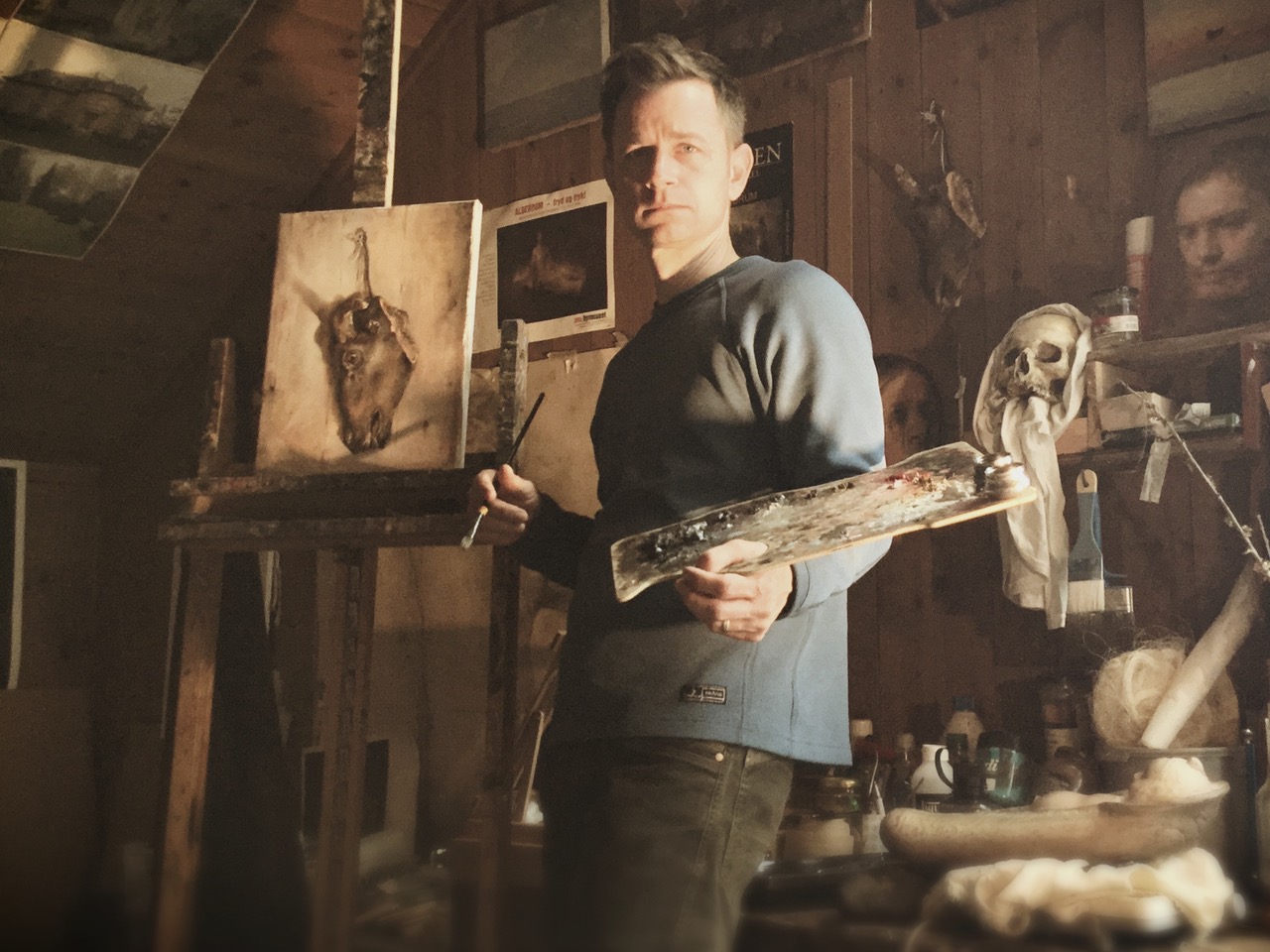In the 1980s I understood that I was a storyteller. I came to love the skillful dramas of the Old Masters like Caravaggio, Ribera, and Kollwitz. I traveled across the United States and Europe seeking out the pieces in which I had found a strong connection and kindred spirit between their work and my own. In the 1990’s I was showing my drawings and paintings in smaller independent galleries across the United States. I found myself as an outsider, rejected by mainstream galleries who embraced modernist-inspired artists and the Clement Greenberg contemporary philosophy on art.
I can still remember in 1998 when things changed for me. Odd Nerdrum, a fellow painter that I admired, declared that he was no longer an artist but rather a kitsch painter. He was done with the modern absurdist ideas that embraced apathy and ego. He was fully embracing empathy and the technical skills of the Old Masters. He could care less what society thought of him. He would embrace his large scale narratives that were full of timeless archetypes. It was at this moment that I felt the sea change and transformation. I would jump off the modernist ship of artists and join Nerdrum. I dove deeper into my work and embraced the archetypes of birth, love, death, and rebirth. I would eventually find my path to Rødvik gård and study with Odd Nerdrum.
Call it “kitsch” or what you want, we are painters searching for sentimentality and I will never apologize for being genuine. I follow the path of those who have come before and left clues. In a kitsch masterpiece, we find a time and a distance more than mortal thought may trace or even comprehend. It leaves the viewer with joy or sorrow greater than tears. It lifts the veil and exposes the heart strings of life that resonate and reverberate into the depths of the human condition.
The need for Kitsch arises when genuine emotion has become rare.
